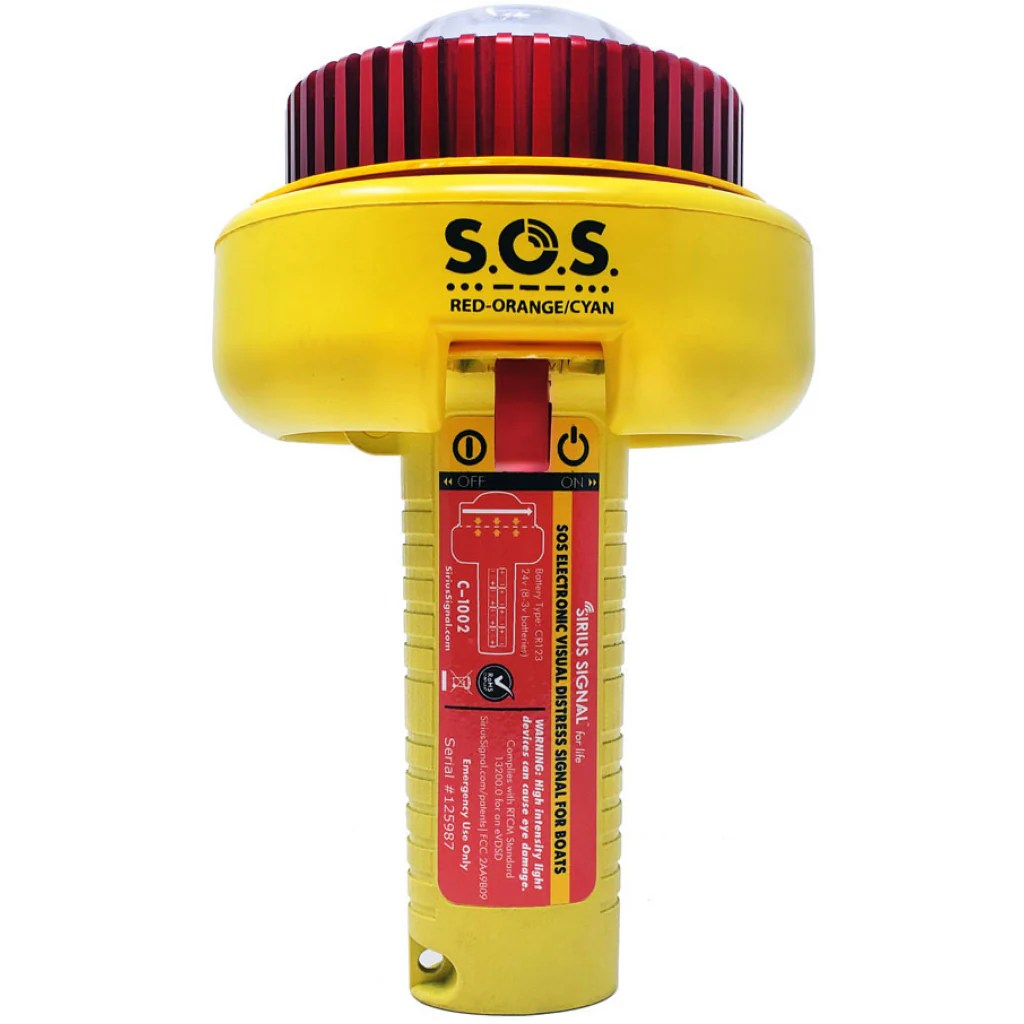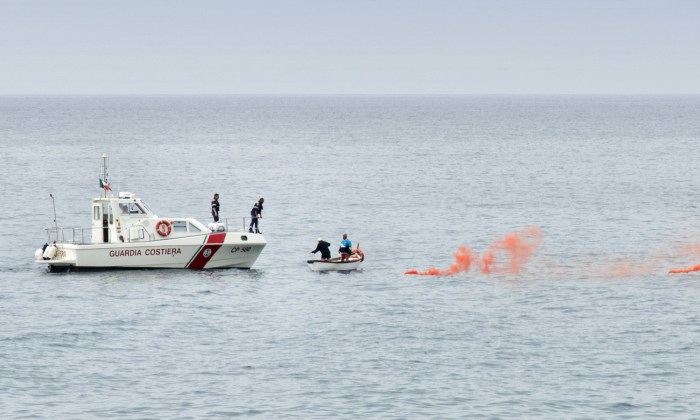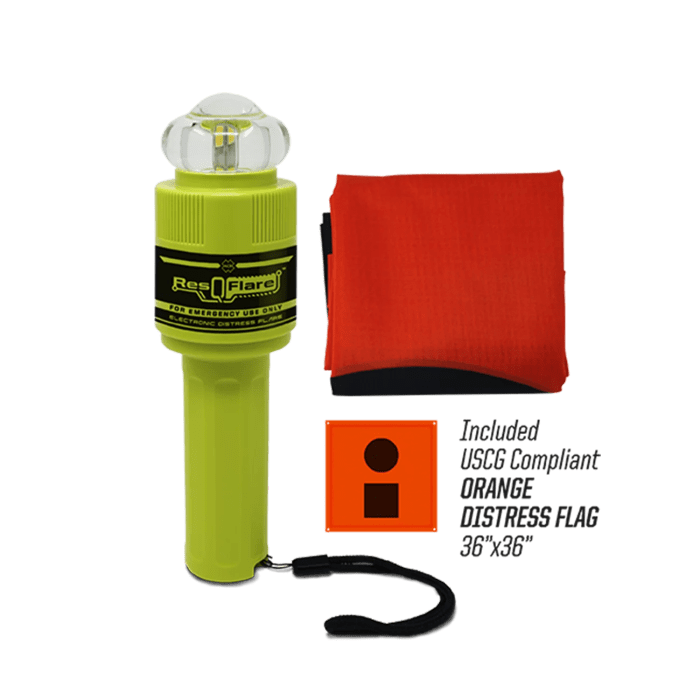Which statement is true concerning visual distress signals – Visual distress signals are crucial for communicating distress in various situations. They play a vital role in maritime emergencies, search and rescue operations, and outdoor adventures. Understanding the types, proper usage, and legal considerations associated with visual distress signals is essential for ensuring their effective deployment.
Visual Distress Signals

Visual distress signals are devices or methods used to communicate distress and attract attention in emergency situations. They are essential for signaling for help when verbal or electronic communication is not possible or effective.
The primary purpose of visual distress signals is to alert rescuers to the location of a person or group in distress. They can be used to indicate the need for medical assistance, evacuation, or other forms of emergency support.
Types of Visual Distress Signals, Which statement is true concerning visual distress signals
- Flares: Pyrotechnic devices that emit bright light and smoke to attract attention. They come in various colors and durations.
- Smoke signals: Devices that produce colored smoke to create a visible plume that can be seen from a distance.
- Signal mirrors: Reflective surfaces used to direct sunlight towards rescuers, creating a bright flash of light.
- Whistles: Audible devices that emit a high-pitched sound to attract attention.
- Flags: Brightly colored flags or panels used to create a visual contrast against the background.
Proper Usage of Visual Distress Signals
To effectively use visual distress signals, it is important to:
- Use the right signal for the situation: Choose a signal that is appropriate for the environment and distance.
- Time the signals correctly: Use signals at regular intervals to maintain visibility.
- Make the signals visible: Position the signals in a clear line of sight and away from obstructions.
- Signal for an extended period: Continue signaling until help arrives or the situation changes.
Visual Distress Signals in Different Environments
The effectiveness of visual distress signals can vary depending on the environment:
- Open water: Flares and smoke signals are most effective in open water due to their high visibility.
- Dense forests: Signal mirrors and whistles may be more effective in dense forests due to the limited visibility of smoke and flares.
- Urban areas: Whistles and flags may be more suitable in urban areas where there is a lot of noise and visual clutter.
Legal and Ethical Considerations
Using visual distress signals responsibly is important to avoid false alarms and unnecessary rescue operations:
- Legal requirements: It is illegal to use visual distress signals without a genuine emergency.
- Ethical responsibilities: Using signals for non-emergency purposes can waste resources and put rescuers at risk.
- Preventing false alarms: Always check the situation carefully before using a distress signal to ensure it is necessary.
Detailed FAQs: Which Statement Is True Concerning Visual Distress Signals
What is the most effective visual distress signal?
Flares are generally considered the most effective visual distress signal due to their high visibility and long duration.
When should visual distress signals be used?
Visual distress signals should be used whenever there is an immediate or potential danger to life or property.
What are the legal implications of misusing visual distress signals?
Misusing visual distress signals can result in fines, imprisonment, or both, as it can interfere with legitimate distress calls.


